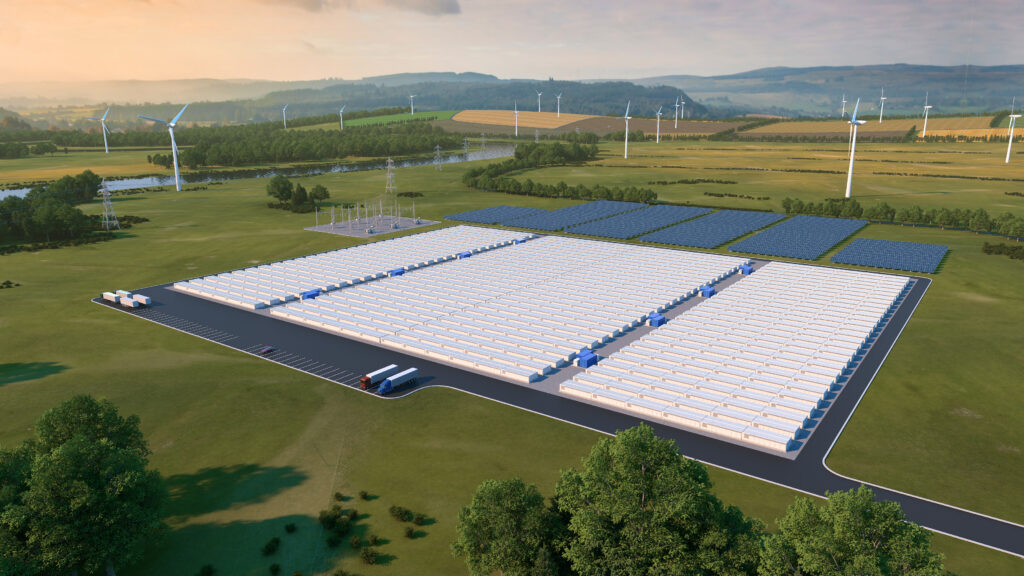Battery storage in the context of the electric grid refers to the use of large-scale batteries to store electrical energy for later use. These batteries are typically connected to the grid and can be charged when there is excess electricity available, such as during periods of low demand or when renewable energy sources like solar or wind power are generating more electricity than is immediately needed.
Long-Duration Energy Storage
Great River Energy will be deploying a multi-day battery storage pilot project in Cambridge, Minnesota. The Cambridge Energy Storage Project will be a 1.5-megawatt, grid-connected storage system capable of delivering its rated power continuously for 100 hours, far longer than the four-hour usage period available from utility-scale lithium-ion batteries today. As more renewables are added to the grid, long-duration storage will help maintain reliability during extreme conditions, such as a heat wave or polar vortex. Low-cost, long-duration energy storage solutions can also fill gaps in wind and solar energy production that would otherwise require starting a power plant. Great River Energy is working with Form Energy of Somerville, Massachusetts, on the project. This is the first commercial deployment of Form Energy’s proprietary multi-day energy storage system. Form Energy’s aqueous air battery system uses safe, inexpensive and abundant materials.
Dakota Electric Battery Storage Pilot Program
Dakota Electric has a rich history of pioneering rate strategies, a steadfast commitment to energy efficiency and maintaining affordable rates. Recently, Dakota Electric sought approval from the Minnesota Public Utilities Commission for a new battery storage program and rate. If approved, this program will offer members with eligible batteries a reduced energy rate in exchange for Dakota Electric’s access to the battery to help lower overall wholesale power costs. When available, additional information will be placed in Circuits.

Form Energy Battery Storage
Photo Courtesy of Form Energy.


